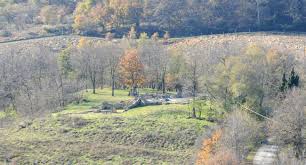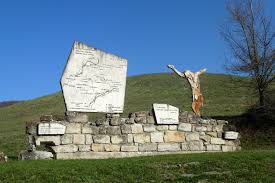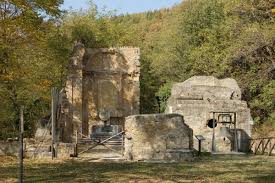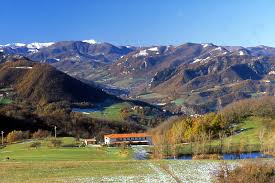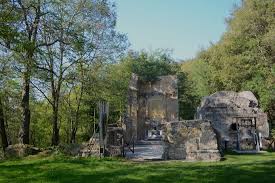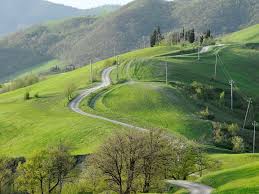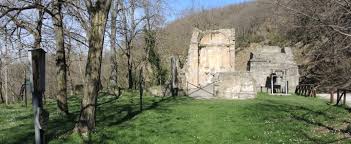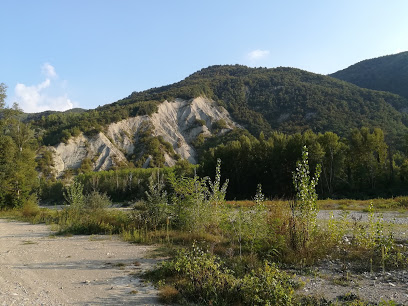The Historic Regional Park of Monte Sole stretching over the Municipalities of Marzabotto, Monzuno and Grizzana Morandi. Mount Sole and its park are part of a small chain of mountains in the province of Bologna between the Reno River and the Setta stream; these mountains reach a height of 826 meters above sea level.
Place of Memory
The Park is of interest not only for its natural beauties and rich wildlife but also for its historical importance related to the tragic events that took place in the area of Mount Sole between September 29 and October 5, 1944. Here, in fact, hundreds of innocent people together with part of the Brigata Partigiana Stella Rossa were slain by Nazi soldiers; one of the most tragic pages of the Liberation War and of Italy’s history was unfortunately written right here, in the valleys and peaceful hills of these areas. The German soldiers massacred 770 harmless people, mostly women and children, believed to have helped the partisans in this area.
Thanks to a regional law, the Historic Regional Park of Monte Sole was created precisely where these atrocities were committed; this is the first park in Italy instituted in this way, with the aim of reminding future generations of those dramatic events, so that reflection on what has happened here and will continue and that life can be brought back to the many places affected by this horrible conflict. The “Il memoriale” itinerary inside the park includes the symbolic places of the massacre, passing also by Il Poggiolo Visitor Centre and going up to the top of Mount Sole. Here visitors will find a stone in memory of the partisans that died in these valleys during the Liberation War.
Fauna and flora
The Park offers much more than just a journey back in Italy’s history: in fact more than 936 floral species have been identified here. Considering that the regional flora includes about 2700 species, about 1/3 of Emilia Romagna's floral diversity is present in the Historic Park of Monte Sole.
The fauna of the park is also very diverse due to the wide range of environments typical of the hills and foothills of the Apennines: from the riverbeds of the Reno and Setta to the deciduous woods with hornbeams and Turkey oaks, through a complex mosaic of pastures, fields, bushes, and woods both natural and man made, gullies and cliffs. The protected area is a surprising treasure chest of biodiversity, with the presence of rare species of great conservationist value both regionally and throughout Europe and the rich wild fauna is a testament to the integrity of and strength of this environment.
This park combines sweeping views and intensely beautiful nature with historic value, the moving ruins of a church, past events written in the stones of a wall, told by ancient communities, tales of life, war and its aftermath.

